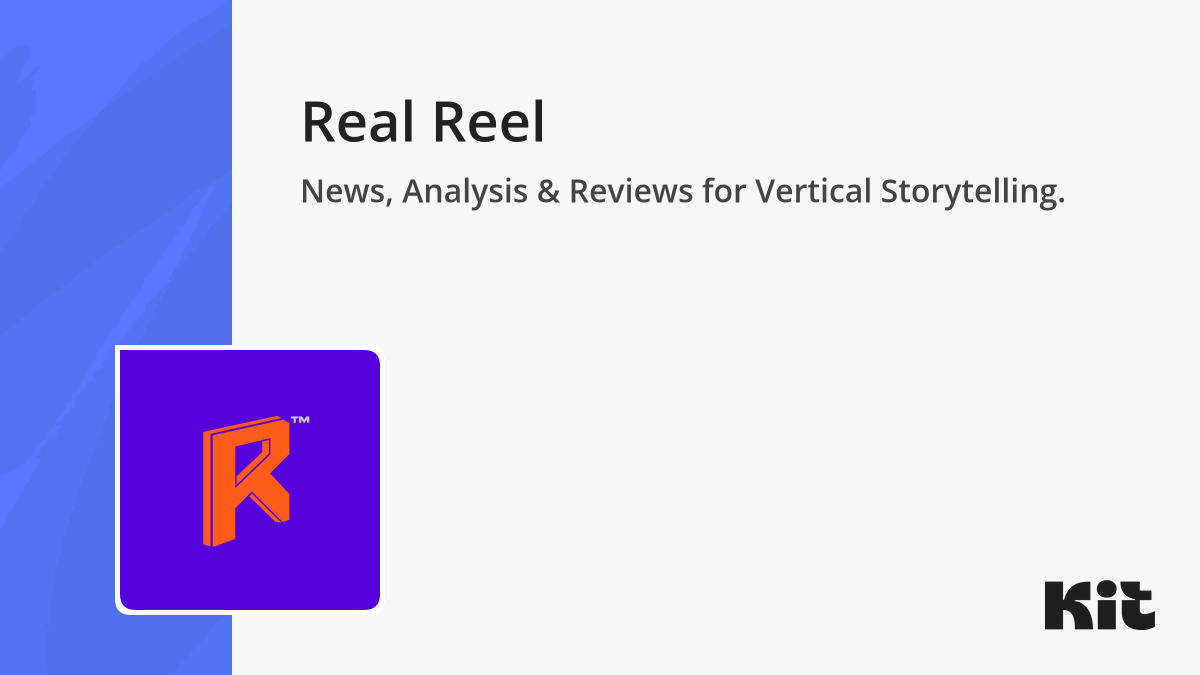The Emotional Engine of Vertical Dramas
Spend a few weeks sitting in on a short-drama writers’ room and you start to see a pattern. It isn’t about characters in the traditional…

Spend a few weeks sitting in on a short-drama writers’ room and you start to see a pattern. It isn’t about characters in the traditional sense, or even about “story” in the way film schools once taught it. The heartbeat of this new form is something else entirely: the satisfaction hit.
Viewers aren’t settling in for slow arcs; they’re swiping with a thumb that can flick away in under three seconds. What keeps them locked in is that recurring rush — when an injustice finally flips, when a villain is humiliated, when the underdog suddenly reveals hidden strength. Writers call these moments the satisfaction hit, but in practice they’re less about language and more about an engineered emotional loop.
The Loop in Action
In room after room, I saw the same rhythm being built:
- Frustration first. Openings that go straight to humiliation or abuse — an employee robbed of credit, a daughter-in-law mocked at the dinner table.
- Then the spark of hope. A sideways glance, a secret phone call, a hint of power concealed.
- Followed by the explosion. The reversal lands fast and hard: the nobody is a billionaire, the victim is a fighter, the quiet type is the real mastermind.
- Finally, the release. The villain pays, the hero claims victory, the audience exhales.
This loop isn’t accidental. It repeats episode after episode, a rollercoaster built for bingeing.
The New Grammar of Short Drama
Traditional film and TV still lean on the three-act spine: set-up, escalation, resolution. Vertical drama has invented its own grammar. Every twenty or thirty seconds, something must jolt the viewer: a hook, a reveal, a reversal. Each three-minute episode functions like a mini-play, always ending on a cliff.
At scale, the structure becomes almost musical. By episode five or ten, a bigger twist lands, precisely at the point where platforms push viewers to pay or watch ads. The pacing is merciless, but it works.
Characters as Shorthand
If the form sacrifices slow-burn storytelling, it gains a new kind of shorthand. Characters are built out of tags, instantly recognizable identities: CEO, runaway bride, street hustler. But they survive in memory only when paired with contrast: the CEO who faints at needles, the assassin with decision paralysis at a takeout menu.
These quirks don’t replace depth, but in a format this compressed they become a survival tactic. They make sure the audience remembers a character after only a minute of screen time.
Business Built Into Story
What’s striking is how nakedly commercial the form is. Hooks aren’t just narrative tricks; they’re conversion triggers. Cliffhangers aren’t only suspenseful; they’re paywall levers. Even ads are being woven into the drama itself, appearing as product reveals or playful Easter eggs rather than interruptions.
In practice, short-drama writers look less like traditional screenwriters and more like product managers: mapping funnels, timing drops, testing audience response in real time.
A Shift in Identity
Three years into the boom, it feels like the short-drama market has matured out of its wild west phase. The “fast and cheap” hits are still around, but the more interesting work comes from teams who treat the format seriously, as a craft, as a product, and as a business.
What emerges from observing these rooms isn’t a guidebook but a realization: vertical drama has invented a new emotional engine for screen storytelling. It’s blunt, fast, and intensely commercial. But it’s also addictive, precise, and increasingly sophisticated.
Whether this model expands into richer themes or burns out under its own formula remains to be seen. For now, the rollercoaster keeps accelerating, and audiences can’t seem to step off.
Real Reel™ Newsletter:







